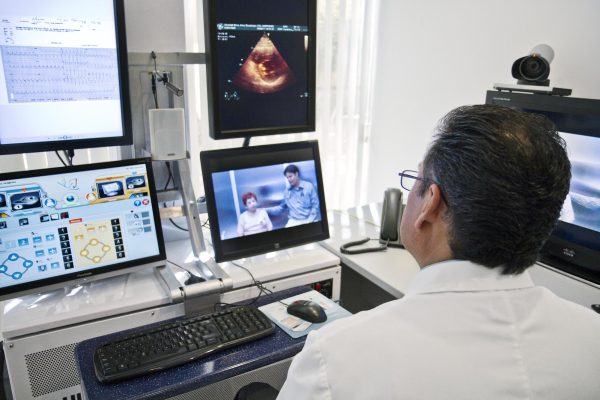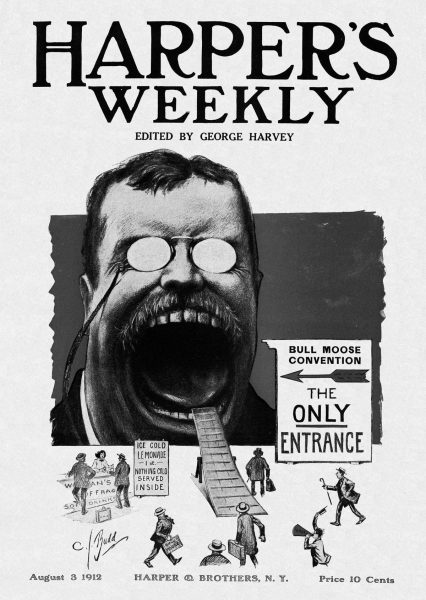A Closer Look at Alzheimer’s and Dementia
Alzheimer’s and dementia are quite common in our world, and yet, not many people understand the intricacies of these conditions.
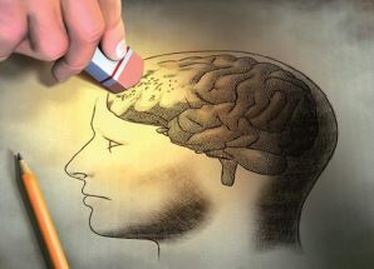
Oman Alzheimer's Society, CC0, via Wikimedia Commons
“None of us wants to be reminded that dementia is random, relentless, and frighteningly common,” said Laurie Graham, journalist.
At the age of ten, I watched as my grandfather walked into the apartment with bags of groceries in his hands. While taking the bags from him, I noticed that his hands were shaking like leaves. At the time I had no idea that this was a symptom of Parkinson’s disease, and no one in my household knew much about any of the conditions that would follow in the next five years, including Alzheimer’s.
Although Alzheimer’s and dementia affect approximately 55 million people worldwide as of 2020, most people know only about the conditions’ impact on memory loss.
Alzheimer’s Disease and dementia have overlapping symptoms, but they are not one and the same. Dementia refers to the group of symptoms that negatively affect memory and is often used as an umbrella term for many brain diseases involving memory loss. Alzheimer’s is a specific neurodegenerative disease that causes a decrease in cognitive ability in addition to memory loss. The way either of these conditions affects an individual varies, and much of it depends on the area of the brain affected.
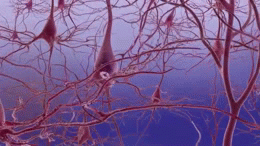
There are two main hallmarks of Alzheimer’s Disease, also referred to as AD: Neurofibrillary tangles and beta amyloid plaques. To put it simply, Alzheimer’s is a development in the brain that blocks the pathways in which the brain’s neurons (nerve cells) can communicate with one another, therefore making it harder for the brain to send messages. Alzheimer’s includes the progressive death of brain cells, and therefore starts to interfere with basic abilities, such as eating or the ability to speak.
“She would often try to eat, but all she could do was just bite air and not actually eat anything,” said Hikmah Ahmed ’25, in regards to his grandmother, who suffered from severe dementia when Ahmed was nine.
Unlike Alzheimer’s, dementia is a much broader umbrella term rather than a specific disease itself. However, there are a few types of dementia, including vascular, Lewy body, and frontotemporal dementia.
Given all the different types of dementia that individuals may experience, shedding light on a few of the more well-known types of dementia will provide a bit of a more in-depth perspective on some of the intricacies behind the condition.
These three types of dementia impact cognitive and physical ability as well as social circumstances in addition to the loss of memory.
Vascular dementia occurs when there is damage to the brain resulting from issues with the supply of blood that’s supposed to travel to the brain. It typically causes difficulty with organization, reduction in communication and analytical skills, and an increase in trouble concentrating.
Lewy body dementia (LBD) is one of the most common causes of dementia, and results from unusual masses of the alpha-synuclein protein, dubbed Lewy bodies after FH Lewy who discovered them, and changes in brain chemicals that lead to issues with thought, movement, and behavior. Lewy body dementia progresses faster than Alzheimer’s, and the symptoms develop rapidly during the first few stages of the condition.
Frontotemporal dementia (FTD) is located at specific areas of the brain known as the frontal and temporal lobes. FTD is a group of disorders that result from the loss of neurons in these locations. This leads to shrinkage in the lobes and affects behavior, which increases the chance that the patient may experience social withdrawal or start to develop less interest in their loved ones and passions.
When one suffers from Alzheimer’s or dementia it can also create a weight on their loved ones. Perhaps that family member had an important role in the household, making it difficult to afford the medical bills, and even transporting them to appointments can be a strain on the family’s schedules.
Not everyone has experience with a loved one experiencing these conditions, but there are still many individuals who contribute their own two cents on the topic from their sympathy for Alzheimer’s and dementia patients and the patient’s relatives, such as Jessica Chen ’24.
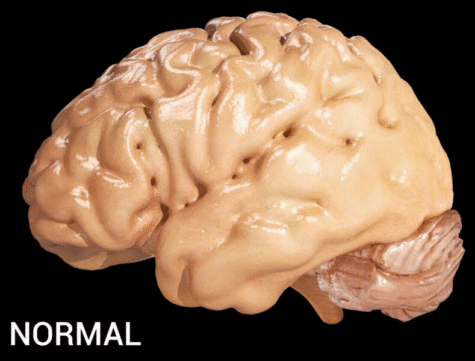
( Doctor Jana, CC BY 4.0 <https://creativecommons.org/licenses/by/4.0>, via Wikimedia Commons )
“In some instances, an individual with Alzheimer’s or dementia might not even be able to recognize their loved one, which can definitely be heartbreaking to deal with. It might also feel foreign in the beginning as a loved one might not yet understand what will happen in the future and what it means regarding how much an individual with Alzheimer’s or dementia can remember,” said Chen.
When most people hear the terms “Alzheimer’s” or “dementia,” memory loss is often the only thing that comes to mind.
“It’s not talked about the same way something like HIV/AIDS is, where there’s a full day spent on it in health class,” said Zach Meryn ’25.
Why might this be? Although HIV/AIDS and dementia are both conditions worth acknowledging, dementia is typically associated with old age, which isn’t as applicable to adolescents and young adults as HIV/AIDS and other such conditions that can affect many individuals and not exclusively those of a certain age group.
Other conditions, mainly those that affect other parts of the body rather than the brain, are given much more attention and are more widely taught than conditions found within the brain.
Though there are no cures, there are still treatments designed to decelerate the development of symptoms.
In general, one can prevent or at least delay the onset of Alzheimer’s and dementia by sleeping well, exercising to maintain a healthy heart and therefore a healthy bloodstream to the brain, maintaining a well-balanced diet, and reducing unhealthy habits such as smoking. In addition, one major prevention tactic is learning new things. The intake of new information allows for new connections to be formed between neurons, and for different connections to be made even on a single subject. In general, a person is more likely to remember something if there is more than one piece of information connected to that subject.
A book’s plot, for example, may not be immediately recalled through association with the name of the main character, though that can provide information on the subject. However, if a person relates the book’s plot with the main character, a specific setting, and a scene that stood out to them the most, all of those different pathways make the book’s plot a lot harder to forget.
There are several different forms of official treatment for Alzheimer’s and dementia. Along with medication, there is also therapy available as well as some more unofficial forms of treatment that the patient’s relatives can partake in when taking care of the individual.
In regards to medication, one solution is using cholinesterase inhibitors. These inhibitors boost the levels of a chemical messenger in the brain, which slows down the process in which these messengers are hindered as Alzheimer’s Disease symptoms progress. Memantine regulates another chemical messenger called glutamate, which is mostly concerned with learning and memory. Sometimes memantine is prescribed alongside the aforementioned inhibitor.
Another available treatment is occupational therapy, where an occupational therapist teaches the patient’s caretakers how to modify their home into a safer space and teaches coping behavior that serves to prevent accidents and manage the patient’s behavior as their symptoms progress.
Despite all of the downsides and tragedy surrounding dementia and Alzheimer’s Disease, there is still light at the end of this deep tunnel. For example, Tony Bennett, American singer and painter, suffered from very serious Alzheimer’s disease. Despite that, he still managed to sing full songs with Lady Gaga, such as The Lady is a Tramp , up until his final heartwarming performance, where he was escorted off the stage by his dear friend.
Another exceptional case is that of an elderly woman who remembers and acts out her ballet routine from her youth. The classical music being played brings this woman back to a time filled with joy and activity. Though the implications behind the quick progression of her symptoms are heart wrenching, it is touching to see her tap back into such an important part of life that was deep within her memory.
There’s more to come in the realm of research for these two conditions, particularly for more efficient medication, such as The Patt Summit Clinic’s Alzheimer’s Research Initiative. As more and more information on Alzheimer’s and dementia is made available and widely spread, the public gets closer to understanding what patients go through and therefore opens more doors for these individuals, who don’t have to feel as alone as they might have felt before.
Despite all of the downsides and tragedy surrounding dementia and Alzheimer’s Disease, there is still light at the end of this deep tunnel.
Ruby Moran is a Copy Chief for ‘The Science Survey.’ She believes that journalistic writing is essential for educating the public on crucial issues...


